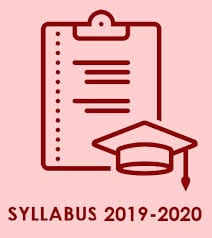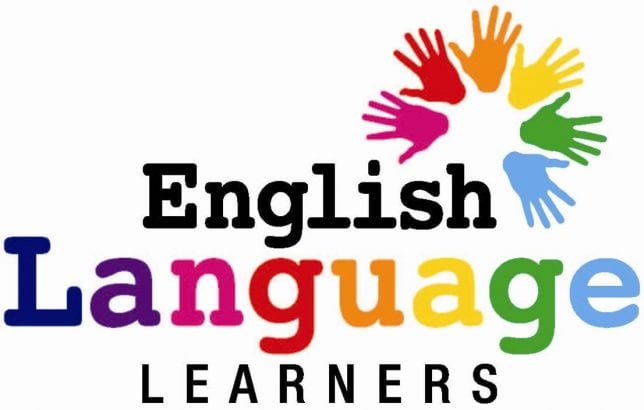
All instruction in the ELL2 class will be focused on the following learning objectives.
Students will be able to …
1. Ask and answer questions to demonstrate understanding of a text, referring explicitly to the text as the basis for the answers.
2. Summarize a variety of texts including stories ( fables, folktales, and
myths ) from diverse cultures, determine the
central message, lesson, or moral and explain
how it is conveyed through key details in the text.
3. Describe characters in a story (e.g., their traits, motivations, or feelings) and explain how their actions contribute to the sequence of events.
4. Determine the meaning of words and phrases as they are used in a text, distinguishing literal from nonliteral language.
5. Distinguish their own point of view from that of the narrator, the characters, or the author of the text
6. Compare/contrast the themes, settings, plots, or points of view presented in texts written by different authors.
7. By the end of the year, read and comprehend literature including stories, dramas, and poetry at the high end of the grades 2–3 text complexity band independently and proficiently.
8. Determine the meaning of general academic and domain-specific words and phrases in a text relevant to their grade level topic or subject area using context clues and knowledge of prefixes, suffixes and word roots.
9. Use information gained from illustrations (e.g. maps, photographs) and the words in a text to demonstrate understanding of the text (e.g. when, where, why and how key events occur).
10. Describe the logical connection between particular sentences and paragraphs in a text (e.g. comparison, cause/effect, first/second/third in a sequence).
11. Make inferences using evidence from a given text
12. Know and apply grade-level phonics and word analysis skills in decoding words.
13. Identify and know the meaning of the most common prefixes and derivational suffixes.
14. Read grade-appropriate irregularly spelled words.
15. Read grade-level text with purpose and understanding.
16. Read grade-level prose and poetry orally with accuracy, appropriate rate, and expression on successive readings
17. Use context to confirm or self-correct word recognition and understanding, rereading as necessary.
Writing Objectives:
Students will be able to …
1.Introduce the topic or text they are writing about, state an opinion, and create an organizational structure that lists reasons.
a.Provide reasons that support the opinion.
b.Use linking words and phrases (e.g., because,
therefore, since, for example) to connect opinion and reasons.
c.Provide a concluding statement or section.
2.Write informative/explanatory texts to examine a topic and convey ideas and information clearly.
a.Introduce a topic and group related information together; include illustrations when useful to aiding comprehension.
b.Develop the topic with facts, definitions, and details.
c.Use linking words and phrases (e.g., also, another, and, more, but) to connect ideas within categories of information.
d.Provide a concluding statement or section.
3.Write narratives to develop real or imagined experiences or events using effective technique, descriptive details, and clear event sequences.
a.Establish a situation and introduce a narrator and/or characters; organize an event sequence that unfolds naturally.
b.Use dialogue and descriptions of actions, thoughts, and feelings to develop experiences and events or show the response of characters to situations.
c.Use temporal words and phrases to signal event order.
d.Provide a sense of closure.


